SFN 2022
Recent articles
Single gene insufficient to account for dup15q, Angelman traits
UBE3A, a key gene associated with both autism-linked conditions, can explain most — but not all — of the syndromes’ atypical neuronal properties.
Single gene insufficient to account for dup15q, Angelman traits
UBE3A, a key gene associated with both autism-linked conditions, can explain most — but not all — of the syndromes’ atypical neuronal properties.
Excess of ‘don’t eat me’ cell signals may drive brain enlargement in autism
The signal, called CD47, is disrupted in autistic people who have a larger-than-average head.
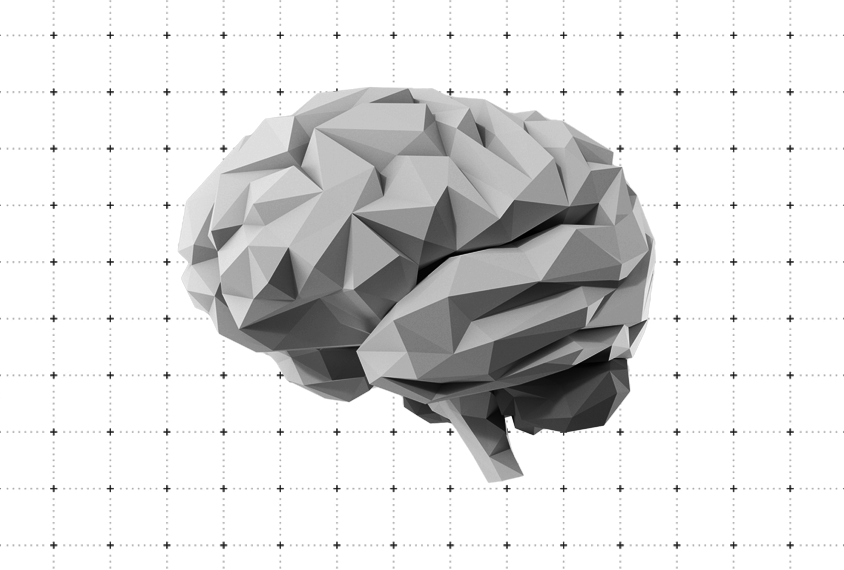
Excess of ‘don’t eat me’ cell signals may drive brain enlargement in autism
The signal, called CD47, is disrupted in autistic people who have a larger-than-average head.
Autism’s sex bias tied to glial, immune cell gene expression
The function of microglia and astrocytes in the brain may mediate the intersection of sex-differential biology and autism biology.
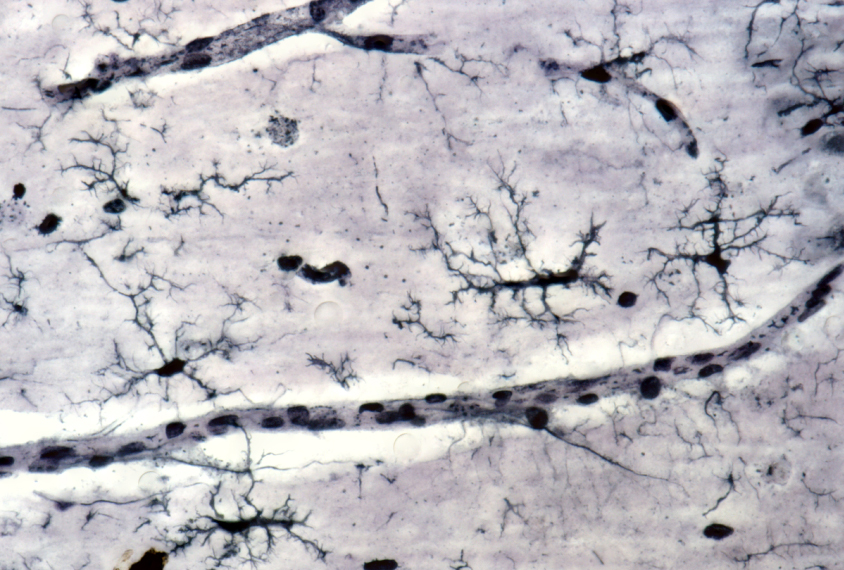
Autism’s sex bias tied to glial, immune cell gene expression
The function of microglia and astrocytes in the brain may mediate the intersection of sex-differential biology and autism biology.
Shared brain structure, connectivity hint at autism subgroups
Using imaging methods to sort mouse models of autism may help identify subtypes of autistic people with similar underlying biology.
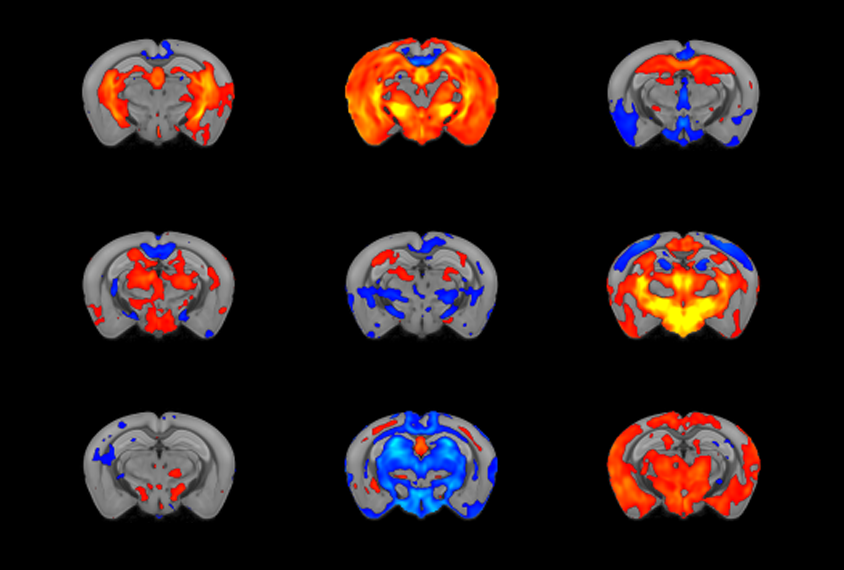
Shared brain structure, connectivity hint at autism subgroups
Using imaging methods to sort mouse models of autism may help identify subtypes of autistic people with similar underlying biology.
Organoids identify potential therapies, circuit flaws for autism-linked syndromes
Brain cell clusters serve as drug screens and reveal connectivity differences for autism-linked conditions, two new models show.
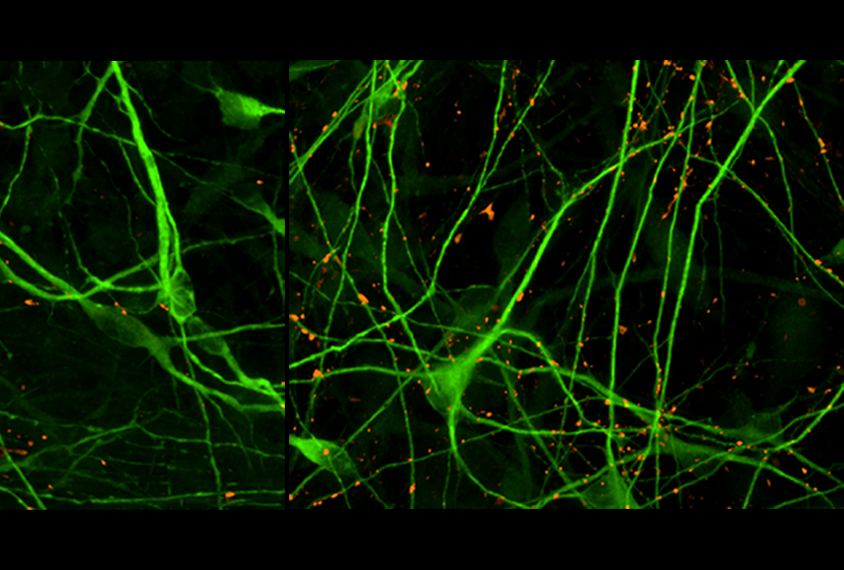
Organoids identify potential therapies, circuit flaws for autism-linked syndromes
Brain cell clusters serve as drug screens and reveal connectivity differences for autism-linked conditions, two new models show.
Subtyping autism using fMRI: A quick take at SfN with Marco Pagani
Pagani used mouse models to connect autism etiologies to brain connectivity alterations and then found similar alterations in people with idiopathic forms of the condition.
Subtyping autism using fMRI: A quick take at SfN with Marco Pagani
Pagani used mouse models to connect autism etiologies to brain connectivity alterations and then found similar alterations in people with idiopathic forms of the condition.
Zebrafish social behavior swims into mainstream
New studies bolster the idea that zebrafish models can say something meaningful about social behavior in autism.
Zebrafish social behavior swims into mainstream
New studies bolster the idea that zebrafish models can say something meaningful about social behavior in autism.
Brain’s memory center flags autistic adults at risk for cognitive decline
Brain scans of the hippocampus reveal autistic people who are at increased risk of cognitive problems as they get older.

Brain’s memory center flags autistic adults at risk for cognitive decline
Brain scans of the hippocampus reveal autistic people who are at increased risk of cognitive problems as they get older.
Autism genes converge on disruptions in social brain circuit
The circuit linking the prefrontal cortex and part of the thalamus is impaired in mice raised in social isolation and in mice with mutations in the FMR1 or TSC2 genes.
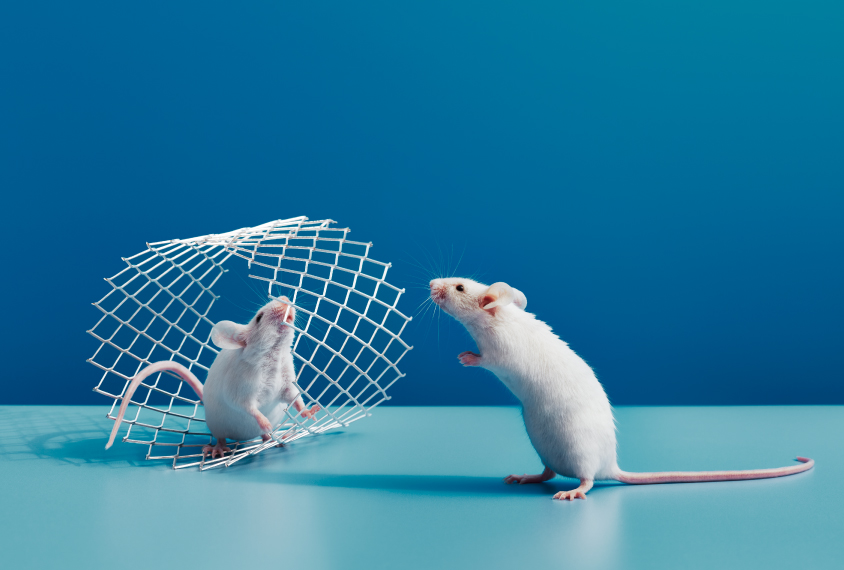
Autism genes converge on disruptions in social brain circuit
The circuit linking the prefrontal cortex and part of the thalamus is impaired in mice raised in social isolation and in mice with mutations in the FMR1 or TSC2 genes.
Screening zebrafish autism models: A quick take at SfN with Ellen Hoffman
Zebrafish with mutations in 10 different autism-linked genes show a range of unique and shared phenotypes.
Screening zebrafish autism models: A quick take at SfN with Ellen Hoffman
Zebrafish with mutations in 10 different autism-linked genes show a range of unique and shared phenotypes.
Explore more from The Transmitter
Autism scientists push back on CDC’s inaccurate vaccine claims
The CDC website now falsely suggests that autism-vaccine research is still an open question, prompting distrust among researchers—some of whom anticipate “more unreliable statements coming from the junta that took over” the agency.

Autism scientists push back on CDC’s inaccurate vaccine claims
The CDC website now falsely suggests that autism-vaccine research is still an open question, prompting distrust among researchers—some of whom anticipate “more unreliable statements coming from the junta that took over” the agency.
Gene replacement therapy normalizes some traits in SYNGAP1 model mice
The first published virus-based gene therapy for SYNGAP1 deletion yields benefits despite the gene’s long length and complexity.
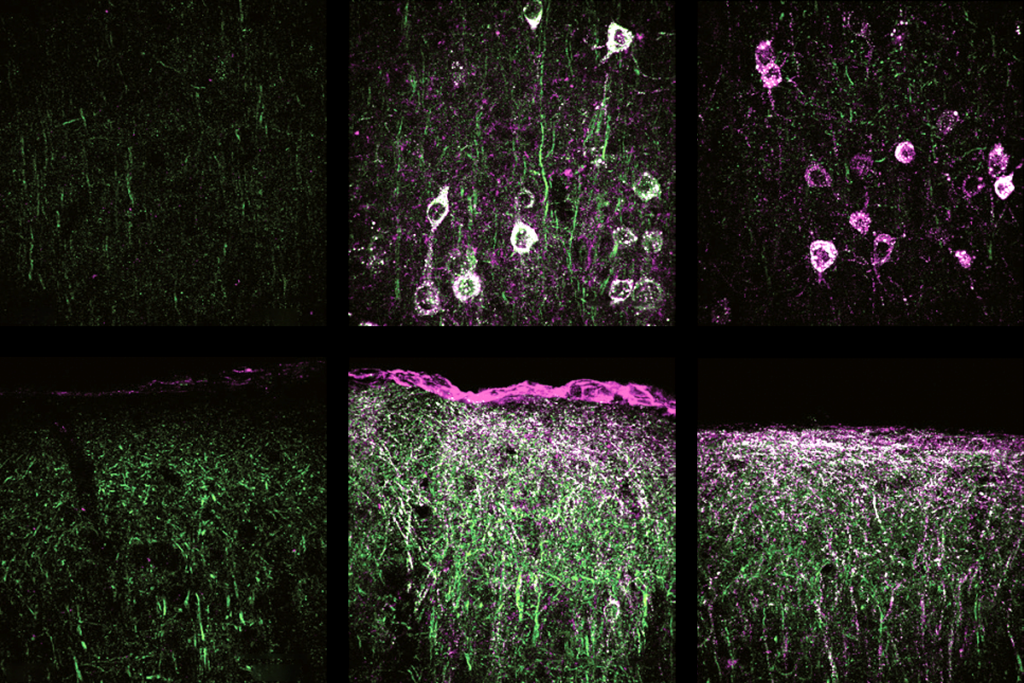
Gene replacement therapy normalizes some traits in SYNGAP1 model mice
The first published virus-based gene therapy for SYNGAP1 deletion yields benefits despite the gene’s long length and complexity.
Does AI understand what it produces? Henk de Regt explores how we might assess understanding in machines and humans
Building on his philosophy of how scientists understand what they work on, de Regt is extending his approach to test understanding in machines.
Does AI understand what it produces? Henk de Regt explores how we might assess understanding in machines and humans
Building on his philosophy of how scientists understand what they work on, de Regt is extending his approach to test understanding in machines.